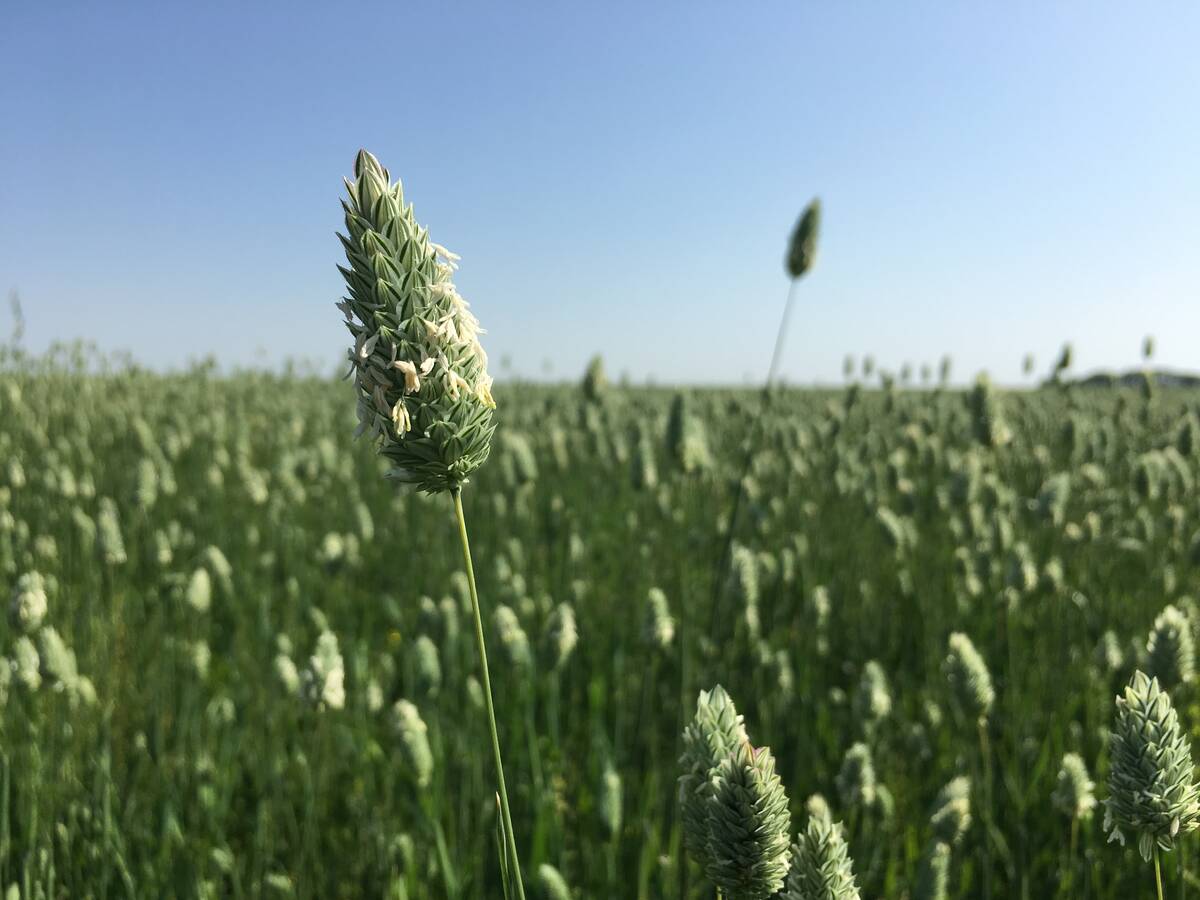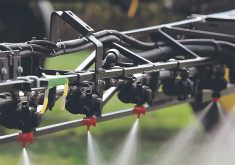If Manitobans want to mitigate the risk of spring flooding, paying farmers to maintain wetlands might be more effective than spending millions every spring on more drainage and higher dikes, says Shane Gabor, a Ducks Unlimited research biologist.
Since the mid 1990s, a major flood has hit Manitoba’s Red River Valley in 1996, 1997, 2001, 2006 and 2009.
Another near record flood is expected this spring.
In response, the Manitoba and federal governments have spent hundreds of millions on more drainage, higher dikes and expanding the floodway around Winnipeg.
Read Also

No special crop fireworks expected
farmers should not expect fireworks in the special crops market due to ample supplies.
However, the vast majority of sloughs and marshes in the Red River Valley were drained decades ago, so DU is focused on avoiding that error and the related flood problems in other parts of the province.
Gabor and other DU researchers want the Manitoba government to incorporate wetlands into the province’s flood mitigation policy.
“We (Manitobans) don’t have an effective wetlands policy right now…. Part of that policy (should) include incentives for landowners … for keeping wetlands in place,” Gabor said.
“We don’t want the Assiniboine River Valley to become another Red River Valley. Let’s learn from that (the Red River)… let’s not create that same scenario elsewhere.”
As evidence of the flood mitigation value of wetlands, Gabor referred to DU Canada research in the Broughton’s Creek watershed in southwestern Manitoba.
DU scientists measured water flows out of drained wetlands in the watershed and found that draining sloughs and marshes increases total runoff by 62 percent
If more sloughs are drained around Broughton’s Creek in the coming years, the volume of spring runoff will increase dramatically, said Pascal Badiou, DU research scientist.
“Our research suggests if we continue to drain the remaining wetlands from the Broughton’s Creek watershed, total runoff will almost triple in volume.”
On a larger scale, DU estimated that wetlands provide $400 million in flood prevention benefits in southwest Manitoba.
That figure, Gabor explained, is based on a study calledThe Value of Natural Capital in Settled Areas of Canada,authored by Nancy Olewiler, an economics and public policy researcher at Simon Fraser University.
“On average, for every acre of wetland drained, an additional five acres of surrounding area is added to downstream flows,” said Bob Grant, DU manager of provincial operations for Manitoba, in a news release.
While much of the water debate in Manitoba has centred on Red River flooding and the excessive nutrients flowing into Lake Winnipeg, people and policy makers are slowly starting to appreciate the value of wetlands, Gabor said.
The Manitoba government has provided funding for the Alternative Land Use Services pilot project in the Rural Municipality of Blanshard, where landowners are paid for ecological services, such as maintaining wetlands.
Whatever the program, Gabor stressed the ecological compensation should pay for measurable benefits.
“We need to make sure we have clear benefits when we’re providing incentives for landowners,” he said.
“The exact model that will work and be sustainable in the long run, I don’t think we’ve determined that yet.”















